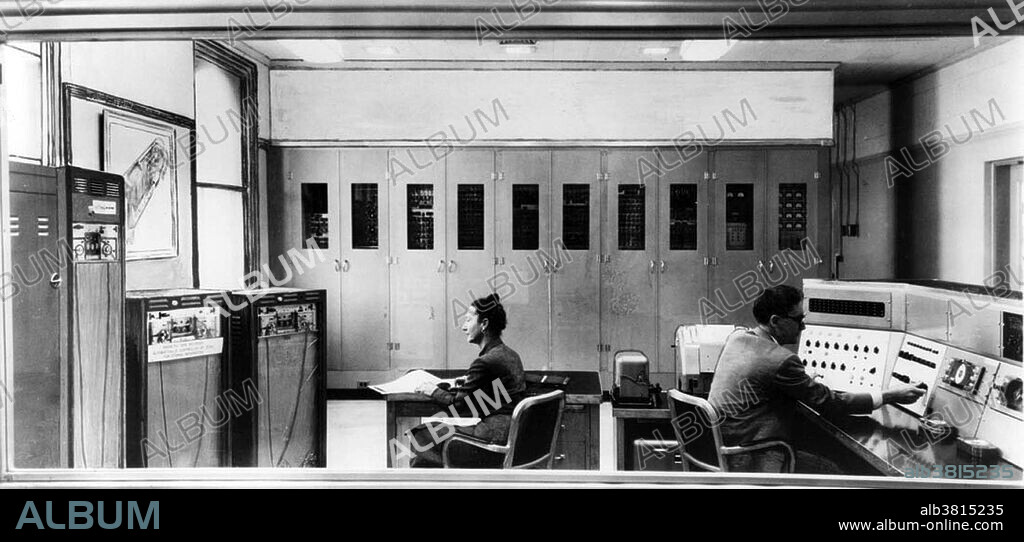alb3815235
Standards Eastern Automatic Computer, 1957

|
Añadir a otro lightbox |
|
Añadir a otro lightbox |



¿Ya tienes cuenta? Iniciar sesión
¿No tienes cuenta? Regístrate
Compra esta imagen

Título:
Standards Eastern Automatic Computer, 1957
Descripción:
Ver traducción automática
The first picture to be scanned, stored, and recreated in digital pixels was displayed on the Standards Eastern Automatic Computer (SEAC) at NIST. The advancement of digital imagery continued in the early 1960s, alongside development of the space program and in medical research. Projects at the Jet Propulsion Laboratory, MIT, Bell Labs and the University of Maryland, among others, used digital images to advance satellite imagery, wirephoto standards conversion, medical imaging, videophone technology, character recognition, and photo enhancement. SEAC was a first-generation electronic computer, built in 1950 by the U.S. National Bureau of Standards (NBS) and was initially called the National Bureau of Standards Interim Computer, because it was a small-scale computer designed to be built quickly and put into operation while the NBS waited for more powerful computers to be completed. The team that developed SEAC was organized by Samuel N. Alexander. SEAC was demonstrated in April 1950, and in May 1950 it went into full production, making it the first fully functional stored-program electronic computer in the US. On some occasions SEAC was used by a remote teletype. This makes it one of the first computers to be used remotely. With many modifications, it was used until 1964.
Crédito:
Album / NIST/Science Source
Autorizaciones:
Modelo: No - Propiedad: No
¿Preguntas relacionadas con los derechos?
¿Preguntas relacionadas con los derechos?
Tamaño imagen:
5400 x 2581 px | 39.9 MB
Tamaño impresión:
45.7 x 21.9 cm | 18.0 x 8.6 in (300 dpi)
Palabras clave:
1950S • ALMACENADOS • AMERICA • AMERICANO • BLANCO Y NEGRO • CIENCIA • ESCANEADA • ESTADOS UNIDOS DE AMERICA • ESTADOS UNIDOS • FAMOSO • FOTO • FOTOGRAFIA • HISTORIA • HISTORICO • HOMBRE • IMÁGENES DIGITALES • IMPORTANTE • INVESTIGACION • MUJER • ORDENADOR • RETRATO DE HOMBRE • S. XX • SIGLO XX • TÉCNICO
 Pinterest
Pinterest Twitter
Twitter Facebook
Facebook Copiar enlace
Copiar enlace Email
Email
